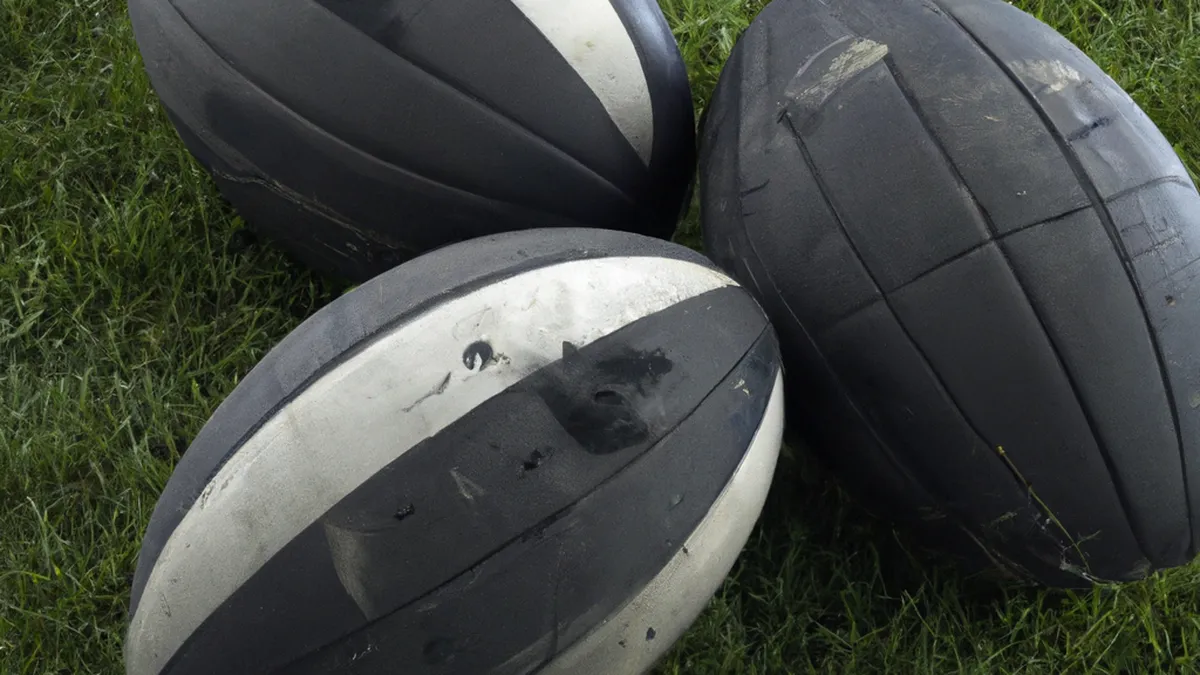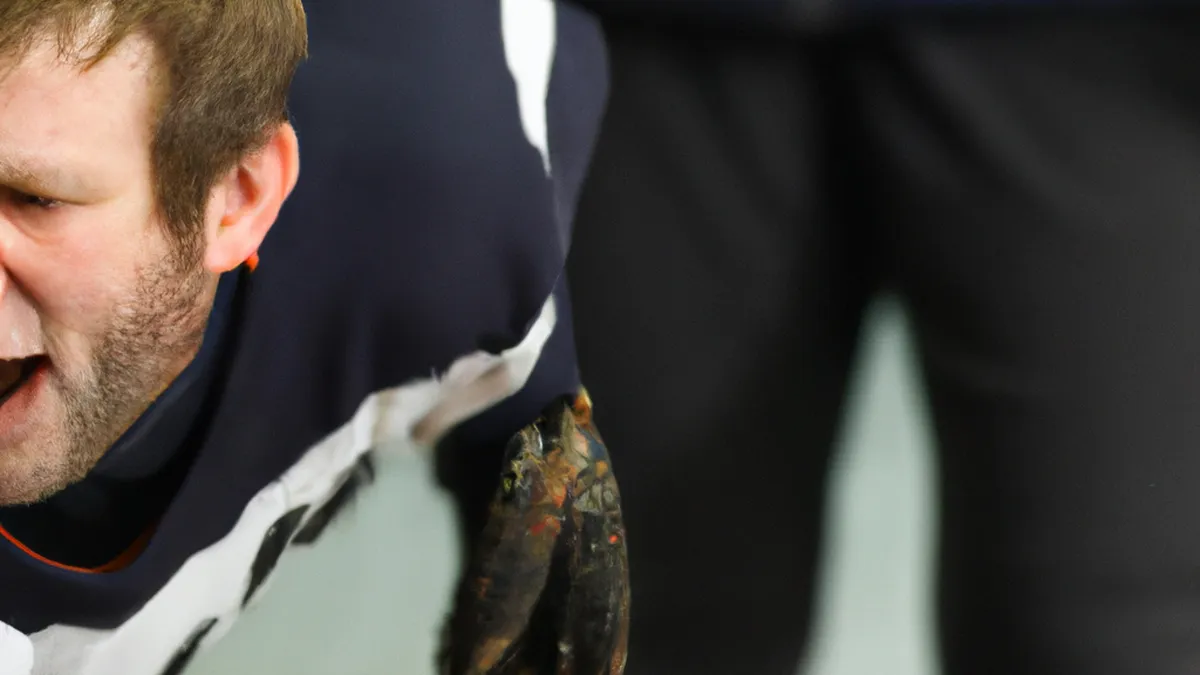Concussion Protocols: A Guide for Coaches
Managing Concussion Protocols: A Guide for Coaches and AthletesConcussions increasingly concern sports, affecting athletes at every level. As awareness rises, effective management protocols become essential. Coaches, parents, and athletes must learn to identify, manage, and recover from concussions. This guide offers strategies for managing concussion protocols, focusing on education, communication, and care.
Understanding Concussions
A concussion is a traumatic brain injury (TBI) from a blow to the head or violent shaking. Symptoms include headaches, dizziness, confusion, balance issues, and memory problems. Symptoms can appear immediately or may take hours or days to surface, making early recognition crucial.Concussions can also lead to severe issues, like chronic traumatic encephalopathy (CTE), linked to repeated head trauma. Understanding concussions’ nature is vital for coaches, parents, and athletes.
The Importance of Recognizing Symptoms
Recognizing concussion signs and symptoms is crucial. Common symptoms include:- **Physical Symptoms**: Headaches, dizziness, nausea, fatigue, sensitivity to light or noise.- **Cognitive Symptoms**: Confusion, difficulty concentrating, memory problems, mental fog.- **Emotional Symptoms**: Irritability, mood swings, anxiety, sadness.Coaches and athletes must educate themselves on these symptoms for prompt action. Quick recognition can reduce further injury risk and enhance recovery.
Tips for Implementing Concussion Protocols
As an Amazon Associate I earn from qualifying purchases.
Gear tip: consider compression sleeves, compression socks, and ankle braces to support this topic.
Implementing effective concussion protocols requires a systematic approach. Follow these essential tips for successful management:
1. Educate Everyone Involved
Education underpins effective concussion management. Coaches, athletes, and parents must grasp concussions’ nature and consequences. Organize workshops, training sessions, or meetings to share knowledge about recognizing symptoms and following protocols. Distribute handouts or digital resources as quick references.
2. Establish Clear Guidelines
Developing clear concussion protocols ensures safety. Guidelines should outline steps for suspected concussions. For example, remove symptomatic athletes from play and evaluate them by a qualified healthcare professional. Defined protocols clarify responsibilities and emphasize adherence.
3. Monitor Recovery Progress
Recovering from a concussion involves careful monitoring. Use a step-by-step return-to-play protocol that includes physical and cognitive rest, followed by gradually reintroducing activities. This approach allows athletes to recover effectively.
Conclusion
In summary, understanding and managing concussions ensures athlete safety and promotes long-term health. Education, clear protocols, and careful monitoring are essential for effective concussion management.
Below are related products based on this post:
FAQ
What is a concussion?
A concussion is a traumatic brain injury caused by a blow to the head or violent shaking. Symptoms may include headaches, dizziness, confusion, balance issues, and memory problems, which can appear immediately or after some time.
Why is it important to recognize concussion symptoms?
Recognizing concussion symptoms is crucial because early identification can reduce the risk of further injury and enhance recovery. Coaches and athletes must be educated on the signs, which include physical, cognitive, and emotional symptoms.
What are the key steps for implementing concussion protocols?
Key steps for implementing concussion protocols include educating everyone involved, establishing clear guidelines for suspected concussions, and monitoring recovery progress. These measures ensure safety and promote effective management of concussions in sports.















Post Comment